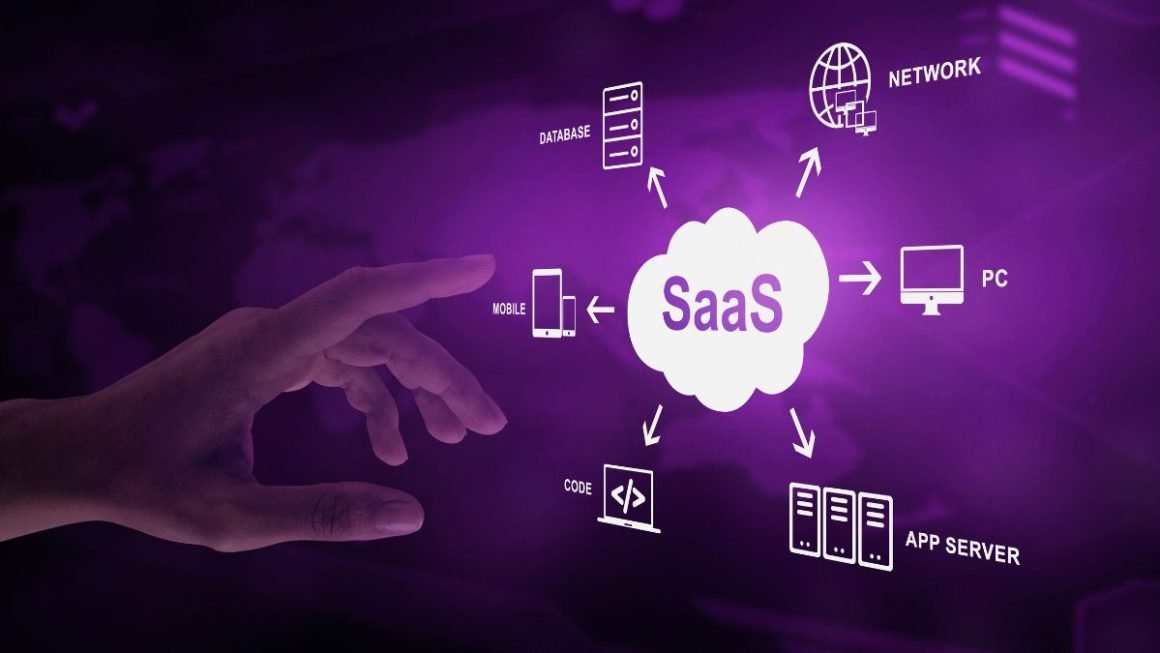Logistics And Security, The transport, storage, and delivery sectors were the top three targets most severely hit by cyber-attacks in 2020, together with the banking sector. Cyber threats target the transport sector, and cyber criminals are sometimes even “sponsored” by a state in the form of unfair competition to reduce competing countries’ logistics and supply capacity.
Large companies are now aware of the risks and IT security, which is why the cyber attacks have targeted the system’s weak link or third parties: the sub-contractors who return to the supply. Chain and logistics. Consumers place their trust in the well-known brand, but in the complicated process of acquiring an asset, many processes are grafted onto them and subcontracted to other companies, generally of a smaller size and less prepared to manage the risk of a cyber attack.
Table of Contents
The role of the user
For their part, buyers have become increasingly demanding. They want to monitor their shipment in real-time, opening further loopholes in the system and increasing the already exponential interconnectivity of the supply chain and logistics 4.0. Technology ( AI and robotics ) constitutes the basis of logistics 4.0, placing the customer and environmental sustainability at the center and drawing on Smart Containerization, which realizes the integration of logistic services in smart home environments. Applications that provide track-and-trace services require companies to be fast, flexible, and fast and oblige them to guarantee security in the logistics phase with advanced supervision and monitoring software. The manufacturer or the logistics manager must guarantee faster and faster deliveries and make up for delays in real-time.
The typical attacks
The main types of attacks discovered to date include spam, opportunistic and targeted imitation. In addition, imitation attacks are on the rise, accounting for 26% of total detections – and now include phishing or “vishing,” an advanced attack in which hackers use social engineering to access personal and financial data via the telephone system. of the victim (SMS).
The digital trend has produced insufficient attention in the generation of passwords and superficial behaviors that have undermined and undermined cybersecurity. Compromising user credentials is one of the main vectors of cyber attacks reported in 2020. IBM Security assessed the behavior of consumers in the use of digital tools during the pandemic and the effects on cybersecurity in the long term, with a sample of 22,000 adults in 22 countries.
How to defend yourself
To defend against these threats, organizations must adopt an approach capable of spreading to fields and aspects once unrelated to security, such as email, using tools that allow greater visibility within and beyond the perimeter. The national regulatory framework starts from the decree-law of 14 June 2021, n. Eighty-two converted with amendments into law no. 10 containing: «Urgent provisions on cybersecurity, the definition of the national cybersecurity architecture and establishment of the National Cybersecurity Agency. ” It represents the legislative scenario of the measures to be adopted for the security of networks and information systems and identifies the competent subjects to implement the obligations envisaged by the NIS directive. At the European Union level, the directive (EU) 2016/1148 of 6 July 2016 is in force, which contains measures for a common standard for the security of networks and information systems in the Union (so-called NIS – Network and Information Security directive”) in order to achieve a “high level of security of the network and information systems at national level; helping to increase the common level of safety. ”
Business continuity
Risk management, linked to the supply chain and logistics, must be based on an articulated preparation of operational continuity and risk management. In this regard, in addition to the physical company reorganization processes, it is essential to pay the utmost attention to business continuity. According to the authoritative BCI (Business Continuity Institute), about 82% of companies with an efficient Business Continuity Management (BCM – Business Continuity Management) system have been able to limit the impacts of crises, accidents, and emergencies. Furthermore, these companies wanted to promote their BMC programs even outside their company context by asking the various “actors” of the chain to implement their BMC program and to test, through periodic audits and verifications, to be responsive to the agreed parameters. Physical transport, now linked to digital transport, is safety.
Also Read : Spend It Well By Focusing On Cybersecurity And Privacy




